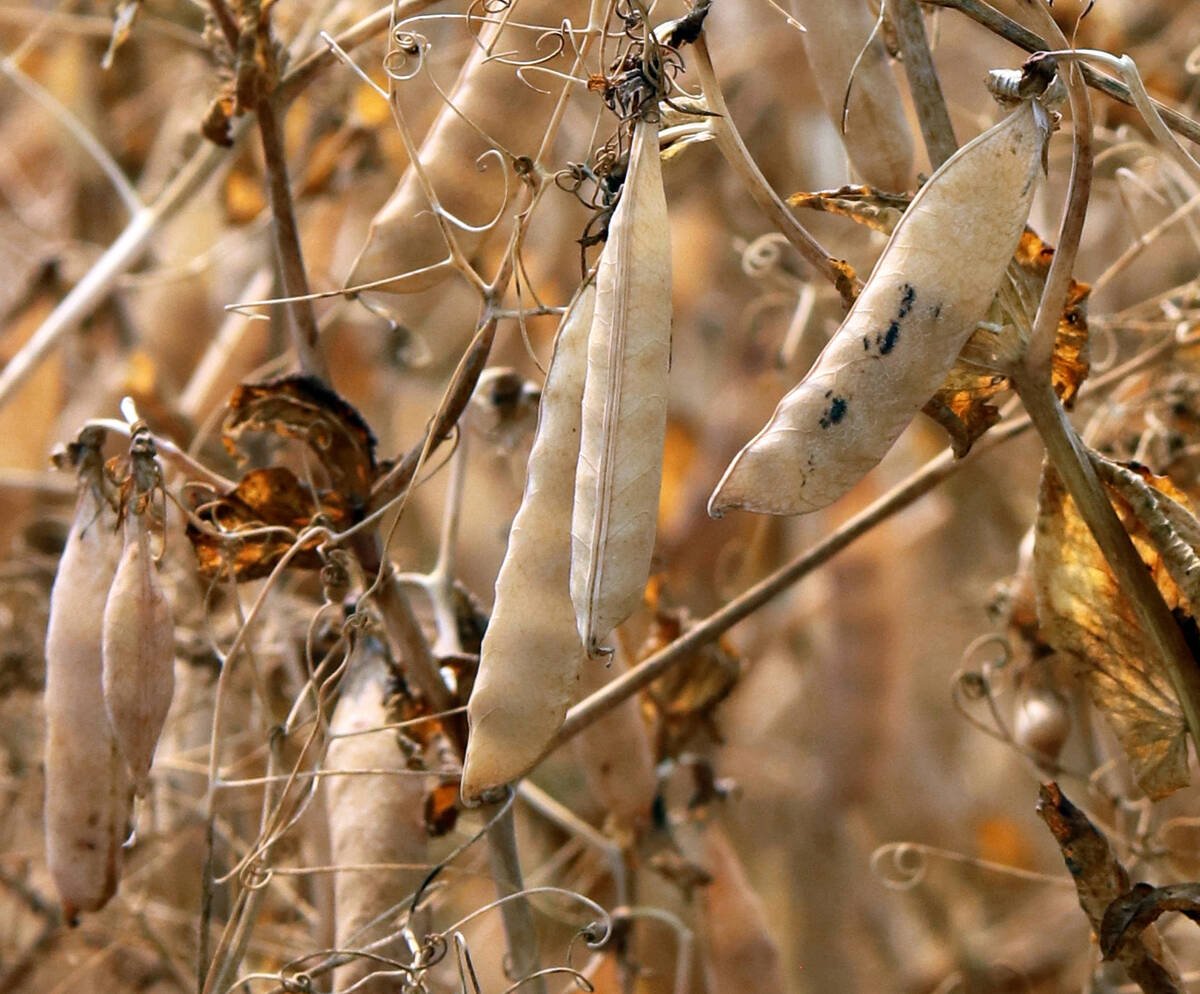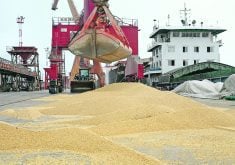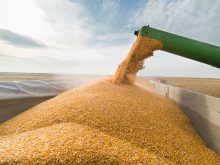And Reuters News Service
Some of the first good news for the new crop year came last week, when the European Union announced it was suspending all new sales of export wheat, barley and oats because crops there looked short.
Wheat prices on the Chicago and Minneapolis commodity exchanges surged higher after the July 31 announcement. Earlier the same week, the International Grains Council dropped its world wheat production forecast by four million tonnes, only one million tonnes more than last year’s short crop.
“Hot, dry conditions damaged crops in the EU, especially France, as well as in the Czech Republic, Romania and Slovakia,” the IGC reported.
Read Also

Trump’s tariffs take their toll on U.S. producers
U.S. farmers say Trump’s tariffs have been devastating for growers in that country.
Wheat crops in Canada and Australia are also expected to be smaller than first thought, but American wheat production should be up.
Russia and Ukraine, both large exporters in the past year, have produced poor crops this season.
The EU’s crop woes come from dryness and a heat wave that has lasted most of the summer. The United Kingdom, northern France and northern Germany are now harvesting their winter cereals, so those crops have no chance of recovering.Spring crops are suffering as they try to grow.
“It’s been an extremely hot finish to their growing season,” said Canadian Wheat Board weather analyst Bruce Burnett.
Weather variability is common in North America, but has generally been predictable for farmers in Western Europe. Crop varieties in Europe are designed for maximum yield in good conditions, rather than for hardiness, which is a big factor in North American varieties.
EU farmers also manage their crops differently, tilling far more and undertaking many more in-crop fertilizer and pesticide treatments.
“Their production systems are designed for optimal performance,” said Burnett.
“When their crops are faced with adverse effects, it can have a big impact on their production.”
Burnett doesn’t like calling the present European dryness a drought, because farmers there will still probably get three times the per-acre yield that farmers here get in a good year.
“A drought for (a European farmer) would be a dry spell for us,” said Burnett. “To them it feels like a drought. But I’d send them out to southeast Saskatchewan this year if they want to know what dry really is.”
The EU farmers’ group COPA-COGECA cut its forecast last week for the EU’s total cereals production in 2003-04 to 197.27 million tonnes. That is down sharply from 209 million tonnes last year.
Consumption is pegged at 192 million tonnes for 2002-03 by EU grain lobby, Coceral.
COPA-COGECA said it expected to further reduce its crop estimates when the full impact of the heat wave became clear.
“This is only an initial estimation and losses will increase in the autumn when the full cost of the heat wave is counted,” said Marie-Christine Ribera, the group’s head of cereals.
France is bearing the brunt of the drought. Its total cereal production is forecast to contract by about five million tonnes to 60.52 million tonnes compared to the June estimate. In 2002, France produced 69.48 million tonnes of grain.
The IGC is forecasting world wheat consumption to fall in response to the production slump, to 591 million tonnes from 604 million. It expects EU wheat exports to fall to 14.5 million from 16 million tonnes, and there will be less livestock feeding in the EU.
Global wheat stocks are continuing to fall, the IGC said. Stocks at the end of 2002-03 are about 157 million tonnes, but should be down to about 135 million tonnes at the end of the next crop year.















